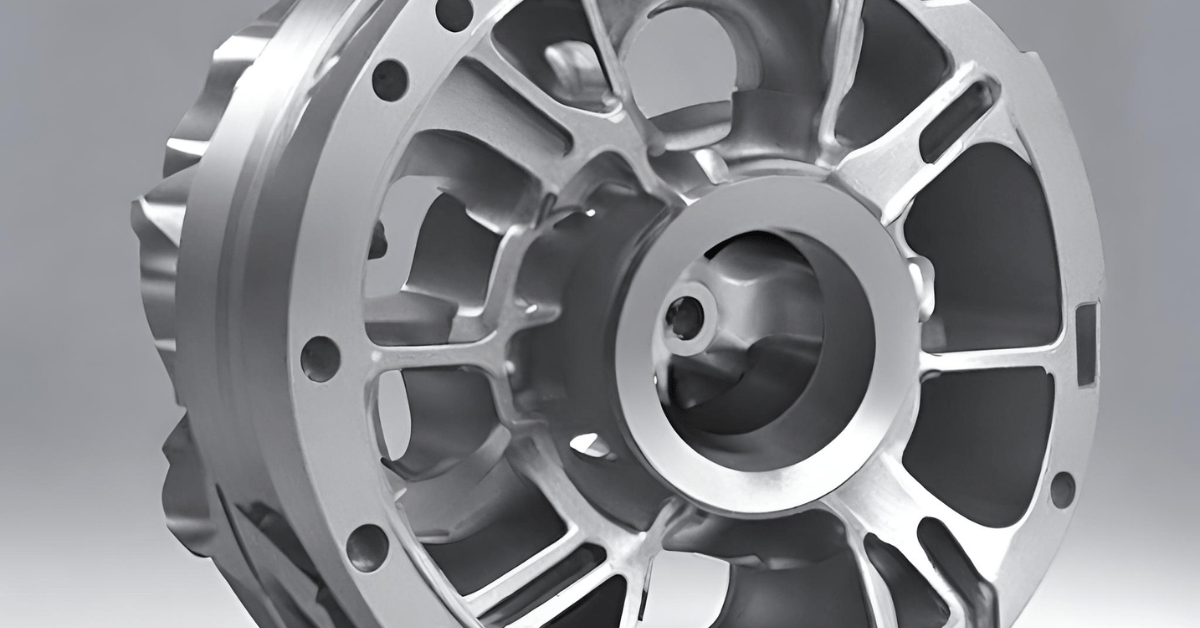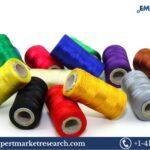Introduction:
Die casting aluminum and sheet metal prototyping have become quite popular in today’s quickly changing manufacturing business because of their many benefits and uses. These processes are crucial in producing high-quality and cost-effective parts and components. This article explores the best practices in die casting aluminum and sheet metal prototyping, highlighting their benefits, applications, and advancements.
Understanding Die Casting Aluminum:
Definition and Process:
Die casting aluminum refers to manufacturing high-quality metal parts by injecting molten aluminum into a die or mold under high pressure. The molten aluminum solidifies within the die, taking the shape of the mold and resulting in the production of intricate and accurate components.
Advantages:
· Excellent dimensional accuracy and intricate detailing.
· High production rates and cost-effectiveness.
· Lightweight and durable finished products.
· Enhanced mechanical properties.
· A wide range of alloys is available for various applications.
Applications:
· Automotive industry: Die casting aluminum finds extensive use in the production of engine components, transmission housings, and structural parts.
· Aerospace industry: Die cast aluminum’s exceptional strength and low weight make it the perfect material for structural and engine parts used in aircraft.
· Electronics industry: Aluminum die castings are widely utilized in electronic enclosures, heat sinks, and connectors.
· Consumer goods: Aluminum die castings are prevalent in producing household appliances, power tools, and furniture hardware.
Exploring Sheet Metal Prototyping:
Definition and Process:
Sheet metal prototyping involves fabricating metal parts and components from thin sheets of metal, typically less than 6mm in thickness. The process includes cutting, bending, and assembling the metal sheets to create the desired shape and form.
Advantages:
· Cost-effective and rapid prototyping.
· Versatility in design and customization.
· Lightweight yet sturdy end products.
· Efficient material utilization and reduced waste.
· Suitable for both low and high volume production.
Applications:
· Automotive industry: Sheet metal prototyping is extensively used in creating car body panels, chassis components, and interior structures.
· Architecture and construction: The process is valuable in creating customized metal structures, facades, and decorative elements.
· Electronics industry: Sheet metal prototyping is commonly employed in manufacturing electrical enclosures, racks, and mounting brackets.
· Industrial equipment: Metal cabinets, frames, and brackets are often produced using sheet metal prototyping.
Best Practices for Die Casting Aluminum and Sheet Metal Prototyping:
Design for Manufacturability:
To ensure the successful outcome of die casting aluminum and sheet metal prototyping, it is crucial to design parts with manufacturability in mind. This involves considering draft angles, wall thickness, and proper gating and venting systems.
Material Selection:
Selecting the appropriate alloy for die casting aluminum is crucial to fulfilling the particular demands of the planned use. Factors like strength, corrosion resistance, thermal conductivity, and castability must be considered during material selection.
For sheet metal prototyping, the choice of material depends on factors such as desired strength, formability, and corrosion resistance. Commonly used materials include aluminum, stainless steel, and carbon steel.
Quality Control:
Implementing stringent quality control measures is imperative to ensure the production of high-quality die cast aluminum and sheet metal prototypes. Regular inspections, dimensional checks and material testing should be conducted to identify and rectify defects early in manufacturing.
Conclusion:
In the manufacturing sector, die casting aluminum and sheet metal prototyping are essential procedures with several benefits in price, efficiency, and quality. These procedures continue to be important in several industries, including consumer goods, automotive, aerospace, and electronics, thanks to developments in technology and materials. By adhering to best practices, such as design for manufacturability, material selection, and quality control, manufacturers can achieve optimal results and deliver superior products to meet the ever-growing market demands.



